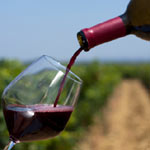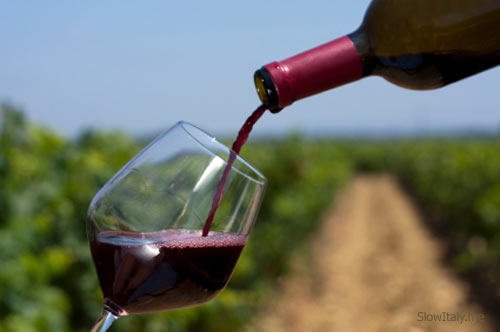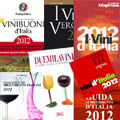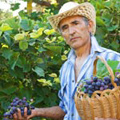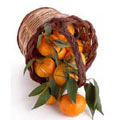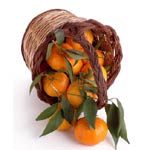Italian natural wines are slowly getting the attention they deserve
While wine is the one remaining sector not fully covered by the EU rules on organic farming standards, the demand for organic and biodynamic wines is steadily increasing.
At the latest edition of Vinitaly in Verona, the world’s biggest international wine trade fair (which runs until tomorrow), an entire area is dedicated to wines from organic and biodynamic agriculture. The exhibition, called Vivit (short for Vigne Vignaioli Terroir or Vines Winemakers Terroir) includes 127 producers from around the world introducing their products, production methods and philosophies to the public.
Wines from organic and biodynamic agriculture are increasingly attracting the interest of consumers. A trend which should by no means be underestimated, as consumers are more and more requesting production methods with a low environmental footprint and an ethical approach. The initiative of Vivit at Vinitaly responds to this increasing market request for more information about natural wine products.
Wine producers belonging to this category define themselves as wine-makers whose primary objective is to produce wines having strong bonds with the local area. What the French call: vins de terroir. Their ambition is to express the unique character and personality typical of their wine producing area, implementing “methods that do not alter the features of the local area, nor those of the vintage or the grapes”, says Elena Pantaleoni, of the organic company La Stoppa. The practice of biodynamics in viticulture implies producing wine without applying intensive methods and leaving the land to nourish plants without any external aid.
The debate around wines from organic and biodynamic agriculture is not new, but the techniques adopted were not yet backed by EU legislation. The lack of rules defining organically produced wine covering the entire wine-making process – i.e. the whole process from grape to wine – means that, from a legislative point of view, one may only mention “wine made from organically grown grapes”. However, the mention does not offer any guarantee as to how the wine is made. A wine can be ‘made from organically grown grapes’ using any or all of the many chemicals common in conventional wine production. So, with the current EU legislation there is no way to tell, from the label, whether or not a wine is effectively organically produced.
Fortunately, new EU rules for “organic wine” have recently been agreed in the Standing Committee on Organic Farming (SCOF). With the new regulation, which will apply from the 2012 harvest, organic wine growers will be allowed to use the term “organic wine” on their labels. The labels must also show the EU-organic-logo and the code number of their certifier, and must respect other wine labeling rules.
The new EU rules will not only offer more transparency for consumers, but also strengthen the position of EU organic wines at international level, since many other wine producing countries (USA, Chile, Australia, South Africa) have already established standards for organic wines.
It is rather difficult to obtain precise data about wine-growing in biodynamic, territorial or natural agriculture in Italy, although numerous associations are active on a supranational scale with a small, but growing, number of members.
Sinab (the national organic agriculture information system) suggests that areas already converted to organic agriculture and those currently in the process of conversion amounted to little over 6% of total vineyards in Italy in 2009, equaling 43,614 hectares. The regions most involved are those in the center-south of the country. Among the major wine producing regions only Tuscany shows a significant involvement (10%).
You might also like:
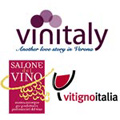
Wine Festivals in Italy in 2012

